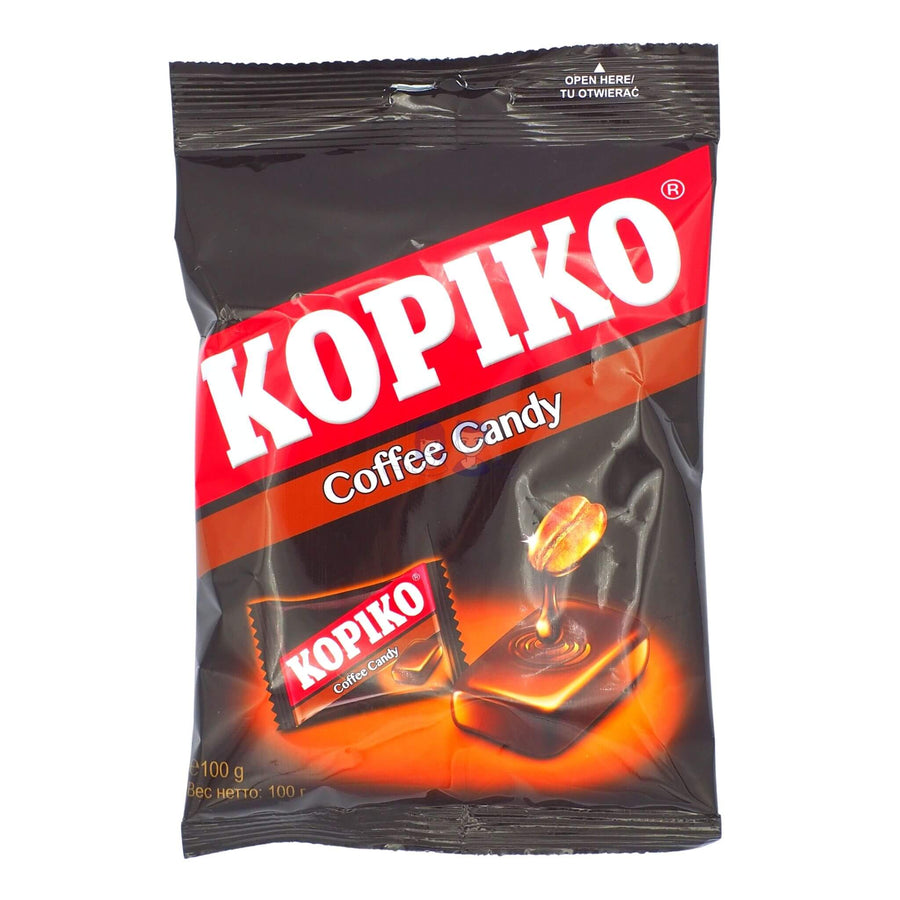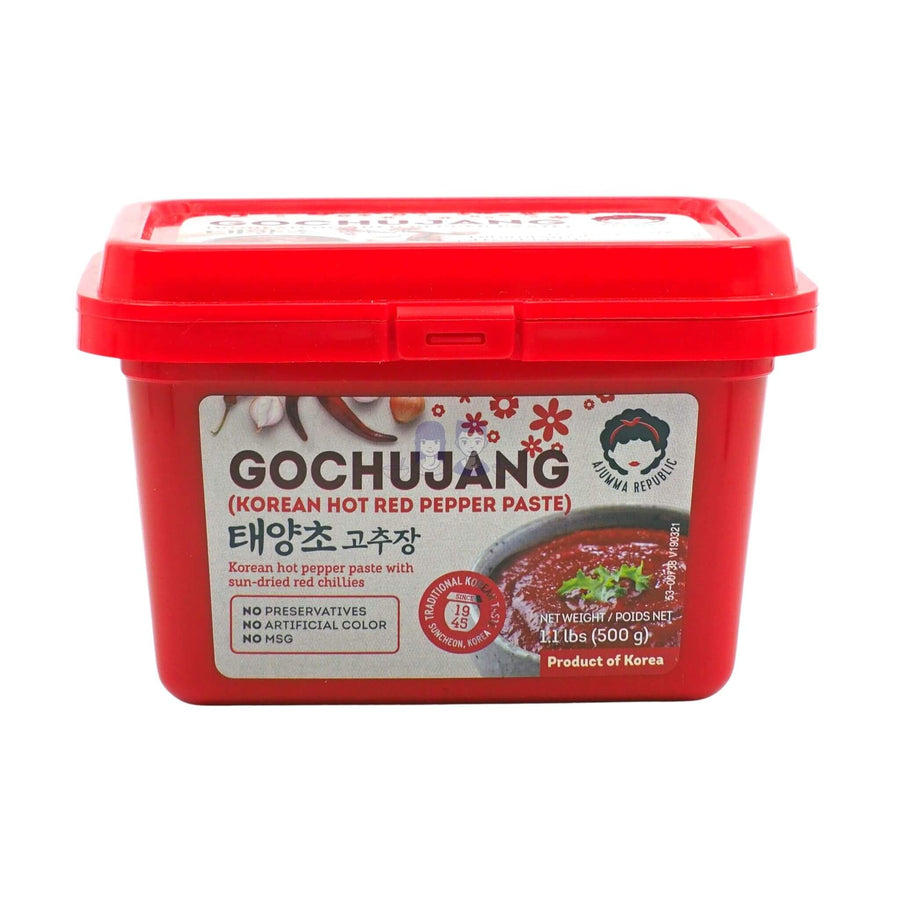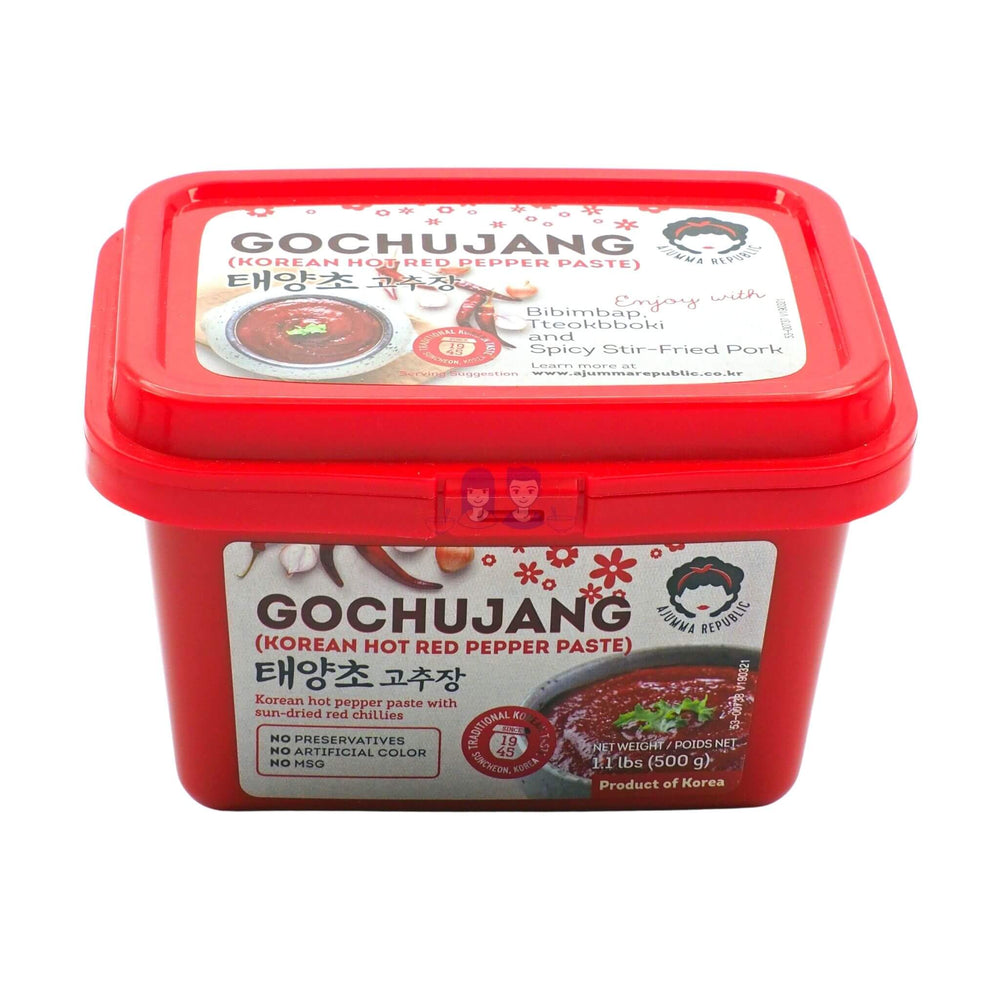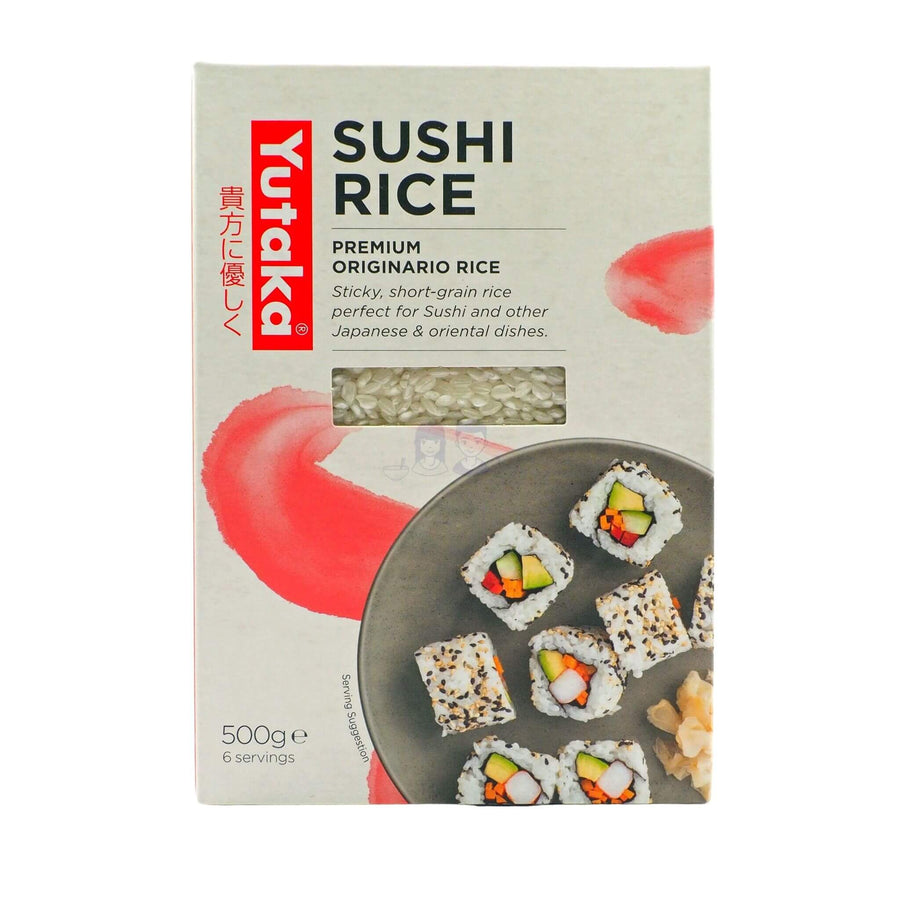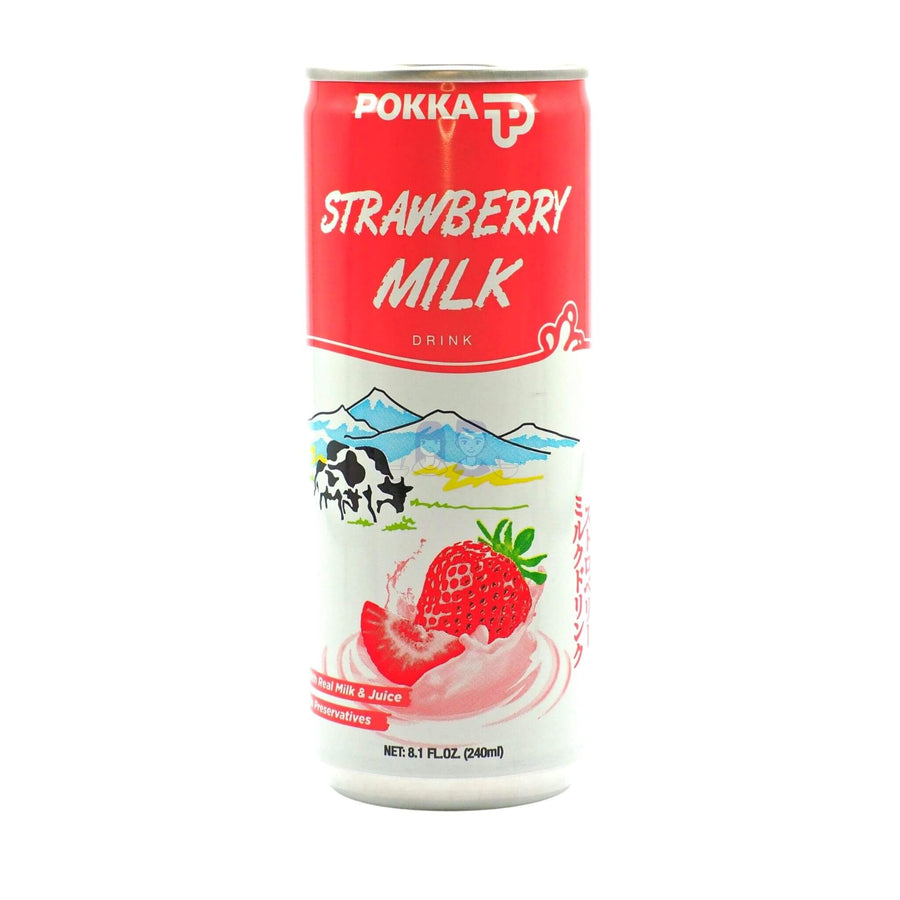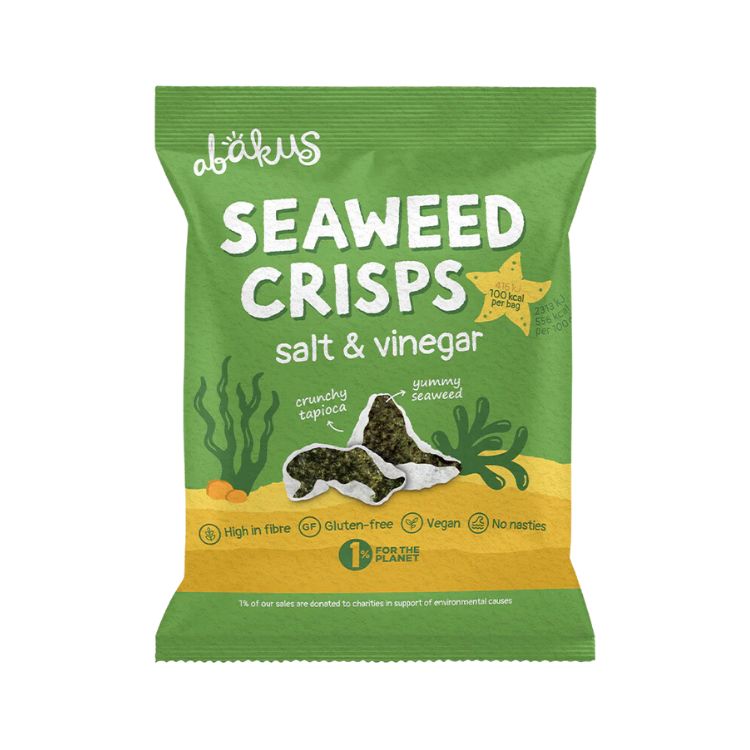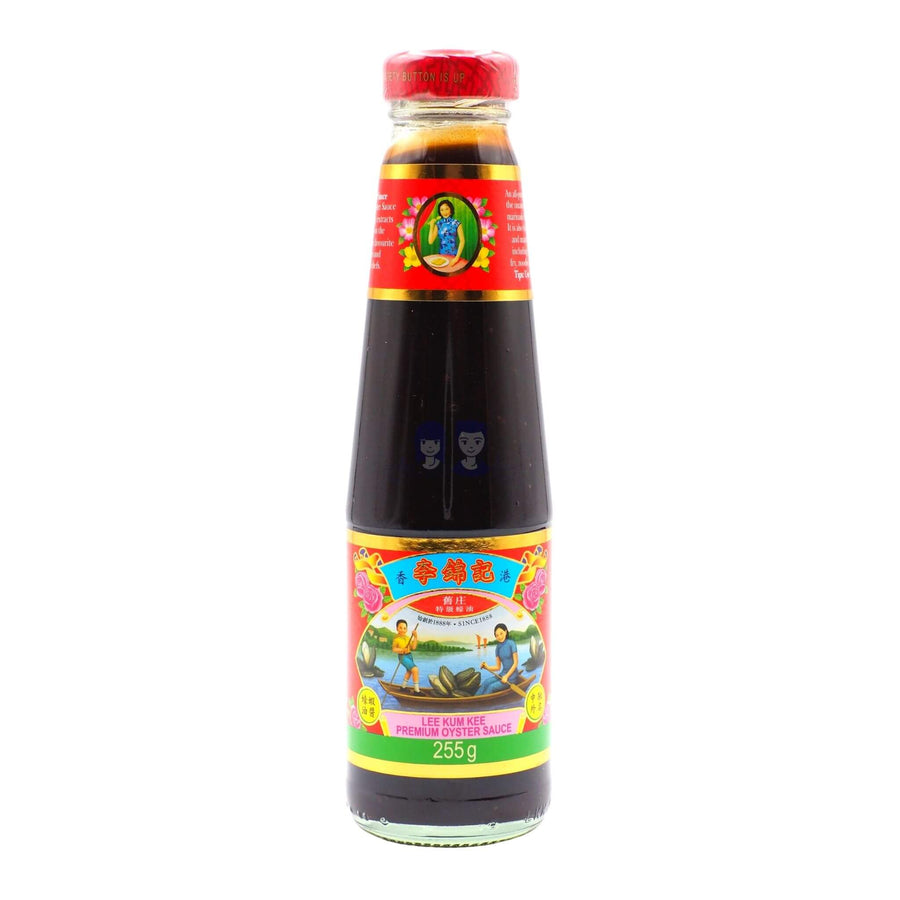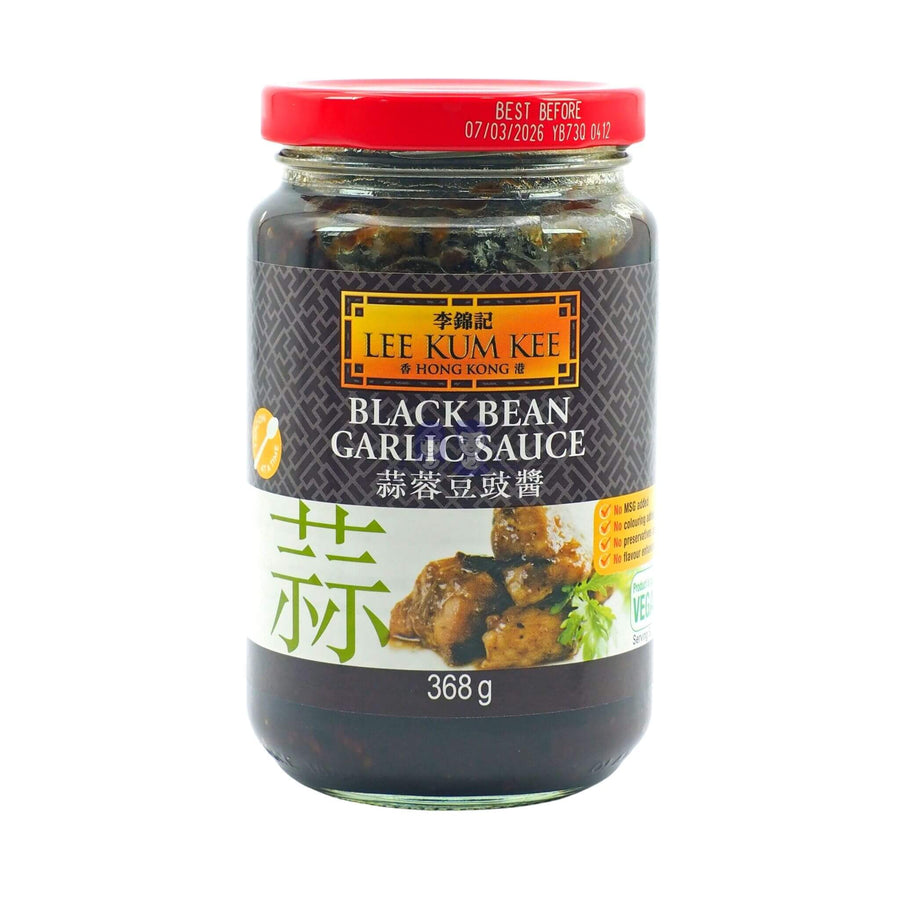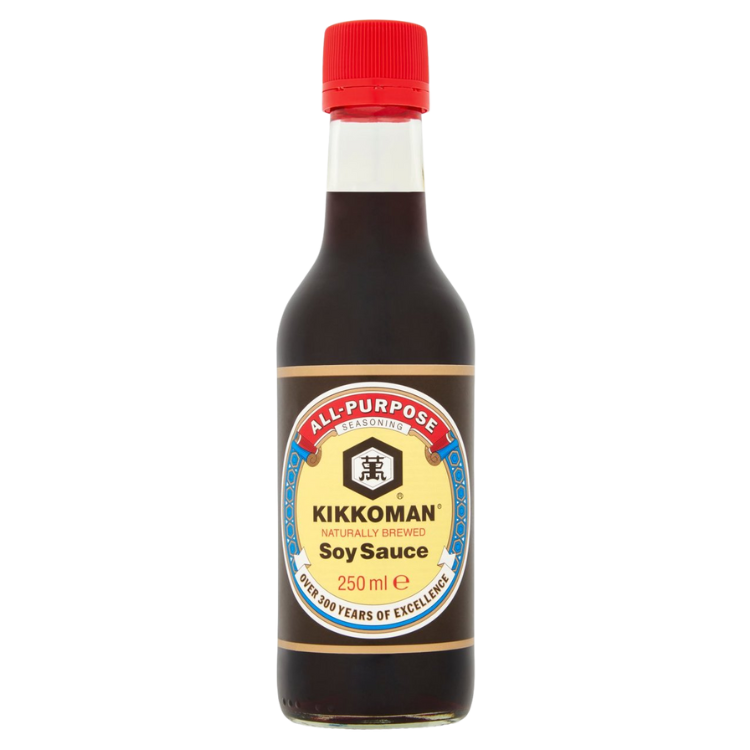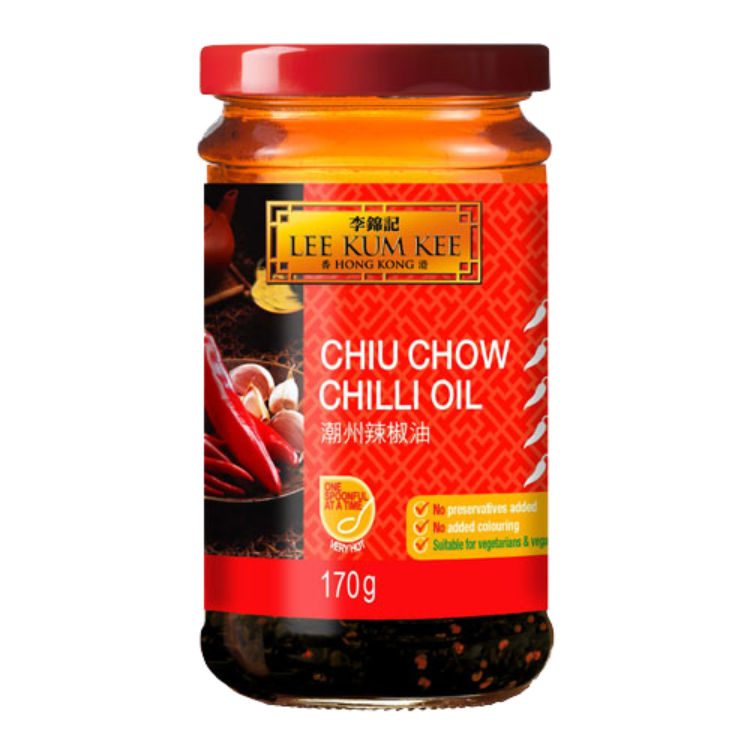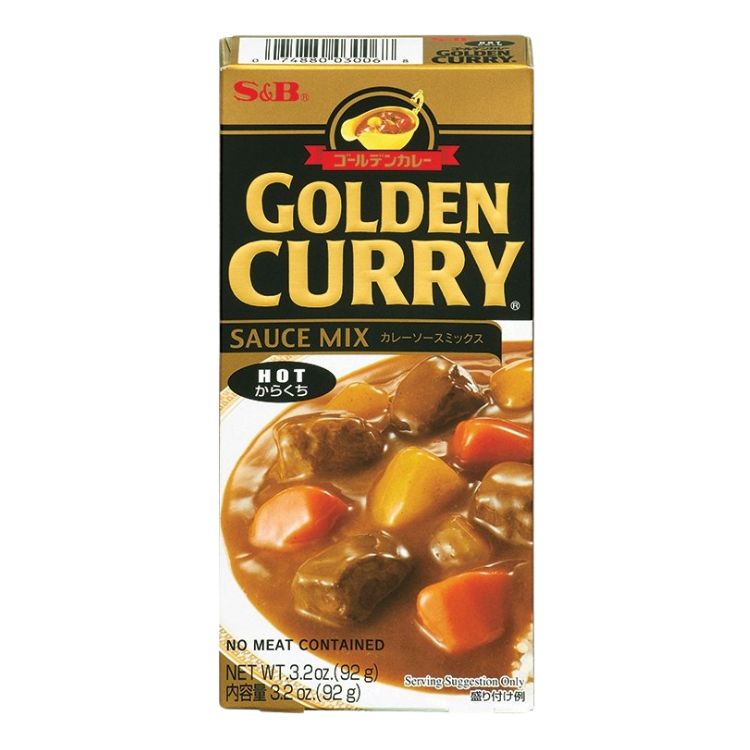20 Tasty Asian Sauces To Excite Your Tastebuds!
Enter the flavourful world of Asian cuisine with our comprehensive guide to its most essential sauces.
Asian sauces are the heart and soul of cuisines across the continent, each offering a unique spectrum of flavours ranging from sweet and tangy to rich and umami.
Get ready to explore our handpicked list of 20 incredible and popular Asian sauces, perfect for home cooking and sure to excite your tastebuds.
→ Shop now: Our handpicked range of Asian sauces
#1 Soy Sauce
Soy sauce is the ultimate Asian sauce with uses across many Asian cuisines. Originating some 2000 years ago from ancient China, soy sauce is now a staple in authentic dishes all over Asia. Used for marinades, stir-fries, and as a dipping sauce, soy sauce packs a crazy, umami punch. Soy sauce is made from fermenting soybeans and wheat. Its natural production process can take months or even years to deliver that sweet-savoury flavour we love.

→ Shop now
#2 Sesame Oil
There are two types of sesame oil: toasted and untoasted. The sesame oil used for sauces is the toasted kind and is derived from toasted sesame. Toasted sesame oil has a rich amber colour and a strong nutty aroma and flavour. It’s perfect as a finishing oil to drizzle on your favourite Asian noodles, stir-fries, salads and grains. It's also great at the last stage of cooking or just before serving, to give your dish that delicious, nutty taste.

→ Shop now
#3 Oyster Sauce
In our opinion, oyster sauce is one of the best Chinese sauces. Oyster sauce is a thick, caramel-like made from oyster extract and is most widely used in Cantonese, Thai and Vietnamese dishes. Oyster sauce doesn’t scream seafood but instead tastes like a cross between soy sauce and barbeque sauce. A small dollop of oyster sauce will go a long way to add a sweet and savoury flavour to your meat and vegetable stir-fries!

→ Shop now
#4 Hoisin Sauce
The origin of the word ‘hoisin’ is derived from the Chinese word ‘seafood’. But the plot twist is, that hoisin sauce is entirely vegan! Hoisin sauce is made of fermented soybean paste and has a thick consistency and reddish hue. Hoisin sauce is a great Chinese ingredient which can be used as a marinade for roasts and as a dipping sauce for dumplings or spring rolls.

→ Shop now
#5 Teriyaki
Hailing from Japan, teriyaki sauce is perhaps one of the most popular Asian sauces worldwide. The word ‘teriyaki’ originally refers to a style of cooking, where meat or fish is glazed with sauce and grilled over an open fire. The sauce used (a.k.a. teriyaki sauce) is made from a combination of soy sauce, mirin (a Japanese rice wine) and sugar. Its sweet and tangy flavours pairs well with grilled meats including chicken, rice bowls, and noodles.

→ Shop now
#6 Satay Sauce
Satay sauce is made from ground roasted peanuts and is traditionally used as a dip for grilled skewered meats (i.e. satay) or as a dressing for salad. Satay sauce is nutty, creamy and mildly spicy, with a tinge of sweetness. These days, satay sauce has cross overed into many modern dishes including satay hotpot, satay pizza and satay burgers.

#7 Ponzu Sauce
Ponzu is a Japanese citrus sauce, made from citrus fruits such as lemon, lime or yuzu combined with mirin, rice vinegar, soy sauce, bonito flakes and kelp. With its tart and tangy notes, ponzu is commonly used as a dipping sauce for sashimi, Asian dumplings and tempura. It's refreshing flavour also makes it great as a marinade for seafood and meats as well as salad vinaigrettes.

→ Shop now
#8 Miso Paste
Miso is one of the fundamental building blocks of Japanese cuisine and is made from fermenting soybeans into a thick paste. While there are a few types of miso, rice miso is the most widely produced in Japan and one of the most famous Japanese ingredients. Miso is a complex combination of umami, saltiness and sweetness and is used to make soup bases, gravy and sauces. As a fermented food, miso is also known to be rich in nutrients.

→ Shop now
#9 White Rice Vinegar
White rice vinegar is made from fermented rice and is typically used in Chinese, Japanese and Korean dishes. This colourless vinegar is less acidic and milder than its Western counterparts and is used for seasoning sushi rice, as marinades and vinaigrettes, as well as for pickling vegetables.

→ Shop now
#10 Fish Sauce (Nam Pla)
Asian fish sauce is an essential ingredient for many Asian cuisines but it’s perhaps most popularly featured as a Thai cooking ingredient. Fish sauce is made by fermenting oily fish like anchovies with salt and water, which then produces a briny, fishy, umami liquid. Fish sauce is used as a key Asian sauce and ingredient to build the flavour profile for dishes such as pad thai and papaya (som tam) salad and is also commonly seen in Thai restaurants as a dipping sauce.

→ Shop now
#11 Sambal
Sambal is one of the most popular types of Asian hot sauces originating from Indonesia, Malaysia and Singapore. Traditionally made with pestle and mortar, sambal is primarily chillies with a combination of herbs and aromatics such as scallions and garlic. Sambal can be cooked as a dish itself – such as sambal prawns or sambal squid – or used as a condiment to spice up dishes like nasi lemak and curry laksa.

#12 Korean Spicy Sauce (Gochujang)
Another famous Asian spicy sauce is gochujang, a Korean powerhouse. Gochujang is a fermented chilli pepper paste and has a spicy but slightly sweet flavour. Used as a base for a variety of Korean BBQs, stews, meat marinades and stir-fries, gochujang is a must-have Korean ingredient for Korean households. Traditional gochujang is made in an earthenware pot and needs to be kept in sunlight for optimal fermentation and flavour! There are some great gochujang paste recipes that you can try including traditional Korean dishes and Western fusion.

→ Shop now
#13 Fermented Broad Bean Paste (Doubanjiang)
Doubanjiang is a fermented broad bean paste that comes in two varieties, spicy and non-spicy. The spicy version of doubanjiang has chilli peppers added to it and is at the heart of Sichuan cuisine. Its lip-numbing, spicy and earthy flavour is used in dishes such as Sichuan hotpot, mapo tofu and meat stir-fries. While it may appear similar to gochujang, doubanjiang has a stronger, spicier flavour and chunkier consistency.

#14 Kewpie Japanese Mayonnaise
Kewpie is Japan’s iconic mayonnaise. It is richer and creamier than Western versions thanks to its rich egg yolk base and a dash of umami from rice vinegar or MSG. It’s perfect in sandwiches, okonomiyaki (Japanese pancakes), takoyaki (Octopus balls), sushi rolls, or even drizzled over fries and burgers. Kewpie takes the ordinary to the next level - however be warned that once you try it, there’s no going back.

→ Shop now
#15 Japanese Curry Paste
Japanese curry paste is the flavour base of the comforting Japanese curry. Made with a blend of spices, flour, oil, and sometimes fruit purée, it’s typically milder and sweeter than Indian or Thai curries. We love using it to create hearty stews with chicken, potatoes, peas and potatoes served over rice. Enjoy a true Japanese home-cooked favourite.

→ Shop now
#16 Chilli Oil
Chilli oil is a fiery flavour booster found in different forms across many Asian cuisines - Chinese, Japanese, Korean, you name it. Typically infused with garlic, star anise, or Sichuan peppercorns, chilli oil adds heat and umami to noodles, dumplings, rice bowls, stir-fries or pretty much any dish you want to heat up. Whether you like it smoky or numbing, there’s a chilli oil to suit every taste.

→ Shop now
#17 Wasabi Paste
Wasabi paste delivers a sharp, clean heat. Traditionally made from wasabi root (although horseradish is sometimes used instead), it’s the go-to condiment for sushi and sashimi. We find that a little dab goes a long way, and when blended into sauces, dressings or even mashed potatoes, it adds a spicy twist that’s uniquely Japanese.

→ Shop now
#18 Thai Dipping Sauce (Nam Chim Chaeo)
‘Nam Chim’ in Thai simply means dipping sauce and Nam Chim Chaeo is a dipping sauce with ingredients such as ground roasted sticky rice, which lends it a smoky flavour as well as chilli flakes, lime juice and fish sauce. This Asian dipping sauce is often used in Thailand as a universal condiment for grilled pork or chicken.

#19 Vietnamese Ginger Fish Sauce (Nuoc Mam Gung)
Nuoc Mam Gung is also known as Vietnamese ginger fish sauce. With ginger and fish sauce clearly its star ingredients, this sauce also includes garlic, lime juice, chillies and sugar to complete its zesty, sweet and sour flavours. Nuoc Mam Gung is commonly used as a dipping sauce for poultry such as ginger chicken rice or duck noodle soup.

#20 Kecap Manis
Originating from Indonesia, kecap manis is a sweetened dark soy sauce with a consistency that resembles maple syrup. It was once estimated that kecap manis makes up 90% of Indonesian soy sauce production. This must-have Asian sauce is extremely versatile and can be used to fry rice and noodles, as a glaze for grilled meats or as a dip for tofu and vegetables. Kecap manis is also commonly drizzled on white rice for extra flavour!

The Final Word
So there you have it, 20 of the best Asian sauces.
This list is by no means exhaustive but it’s a great starting point to the world of awesome and flavourful Asian sauces.
Try them today in everything from stir-fries to marinades and dips, and you’re sure to be in for a mouth-watering treat!
→ Shop now: Our handpicked range of Asian sauces


